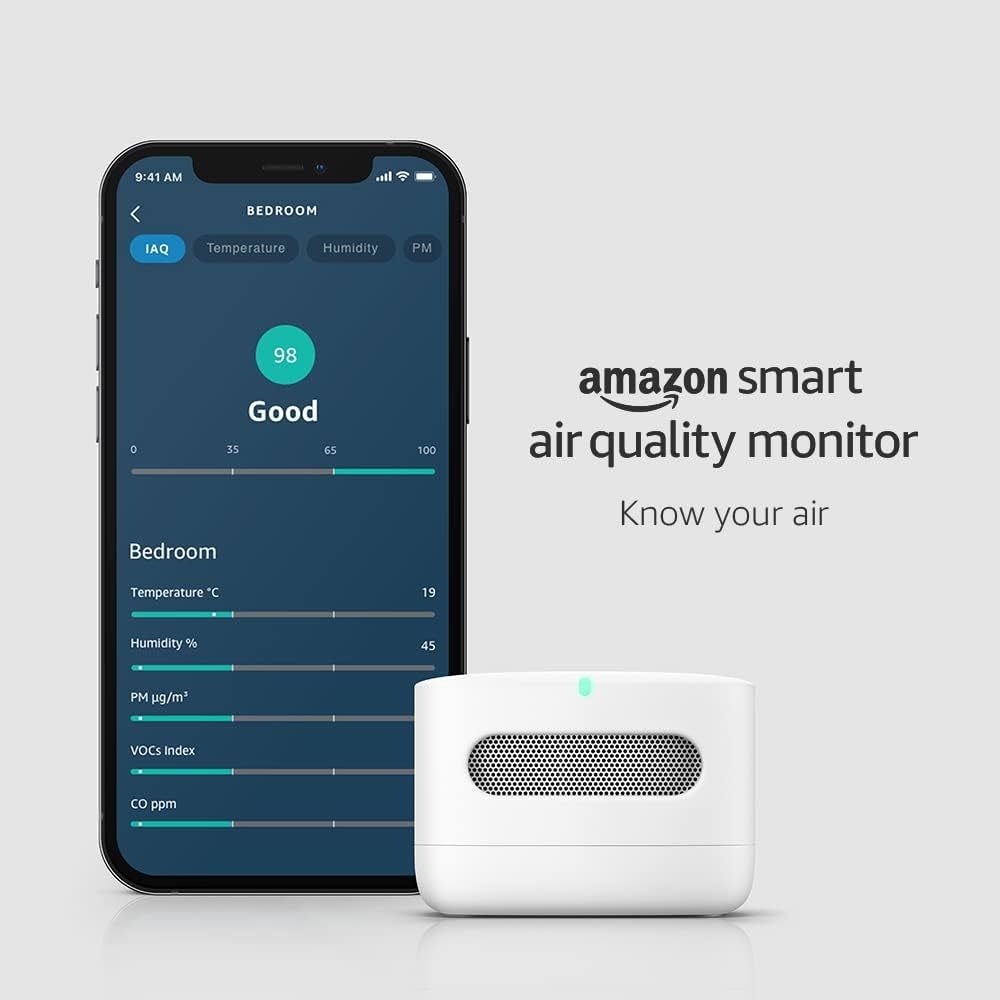
How does Air Quality affect health
A variety of air pollutants have known or suspected harmful effects on human health and the environment. In most areas of Europe, these pollutants are principally the products of combustion from space heating, power generation or from motor vehicle traffic. Pollutants from these sources may not only prove a problem in the immediate vicinity of these sources but can travel long distances.
Generally if you are young and in a good state of health, moderate air pollution levels are unlikely to have any serious short term effects. However, elevated levels and/or long term exposure to air pollution can lead to more serious symptoms and conditions affecting human health. This mainly affects the respiratory and inflammatory response systems, but can also lead to more serious conditions such as heart disease and cancer. People with lung or heart conditions may be more susceptible to the effects of air pollution.
The health effects of air pollution have been widely publicised and it is now recognised by the government as the second-biggest health threat, after smoking. It costs the UK an estimated £20 billion pounds a year which is more than twice the amount estimated for obesity.
Air pollution has also been recognised by doctors as one of the worlds greatest 10 killers seeing some 29,000 premature deaths in the UK every year and some 430,000 worldwide.
Nitrogen dioxide is an irritant gas; it can cause inflammation of the eyes, nose, throat and respiratory tract especially amongst those with existing respiratory problems. It can have both short-term ‘acute’ effects and long-term ‘chronic’ effects. Due to the strong oxidising nature of nitrogen dioxide, once present in the atmosphere it can also form complex atmospheric reactions forming further secondary pollutants such as ozone and toxic organic nitrates.
The short-term or acute effects of nitrogen dioxide can, in high concentrations be quite severe, including irritation to the eyes, nose and throat. Those suffering from respiratory conditions such as asthma, bronchitis or emphysema can also see a significant increase in their symptoms.
The air quality objectives (AQO) reflect this, and there is a short term hourly objective level set for nitrogen dioxide (200µg/m3 as an hourly mean). This short term objective is not currently being exceeded within any of the AQMA’s within the Districts.
The long-term ‘chronic’ effects of lower levels of nitrogen dioxide are much more difficult to study, but are associated with gradual deterioration of respiratory functions. It can also lead to and exacerbate conditions such as lung disease, respiratory problems, heart attacks or result in a greater susceptibility to respiratory infections. Anne Stauffer, deputy director of the ‘Health and Environment Alliance’ recently highlighted that twice as many people currently suffer from asthma today compared with 30 years ago.
The long term air quality objective of 40µg/m3 as an annual mean has therefore been set to protect the long term health of the vulnerable members of our communities. All of the Districts AQMA’s have been declared due to the breach of this long term AQO.

LEVOIT Smart Air Purifier for Home
H13 HEPA Air Filter with Real Time Air Quality Sensor

Amazon Smart Air Quality Monitor
Know your air, Works with Alexa, Certified for Humans device

